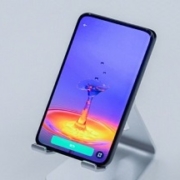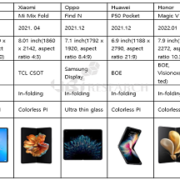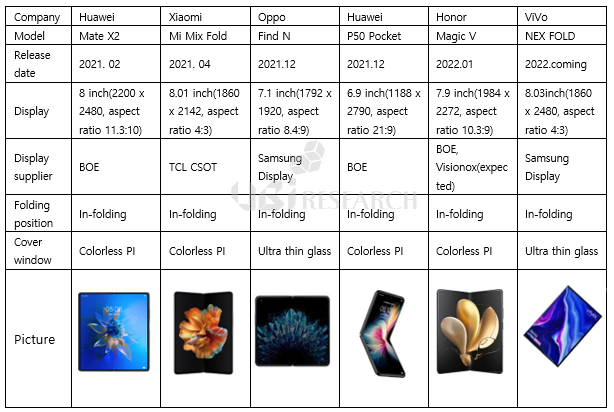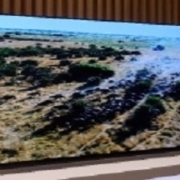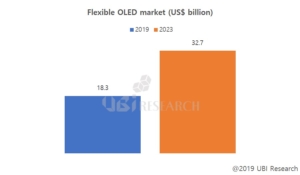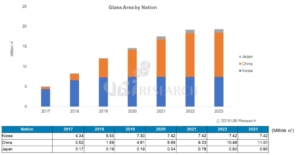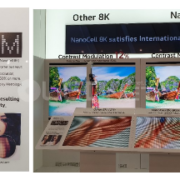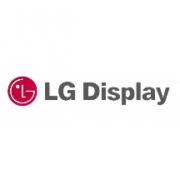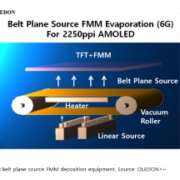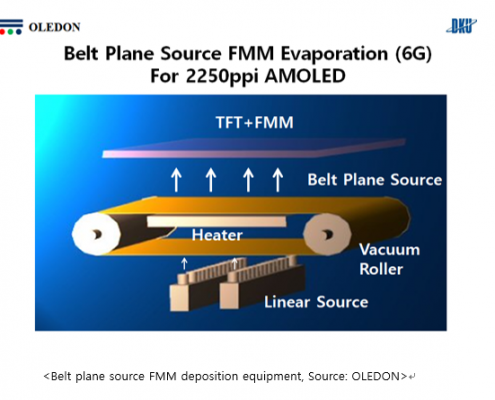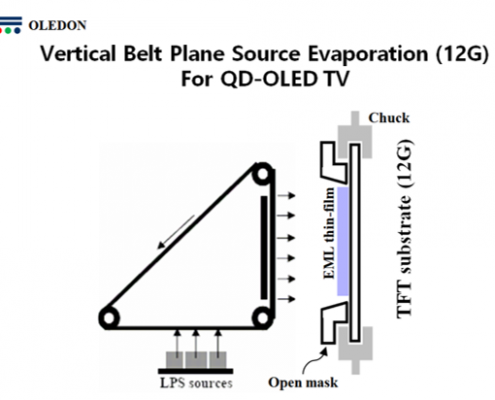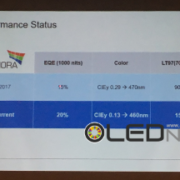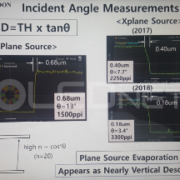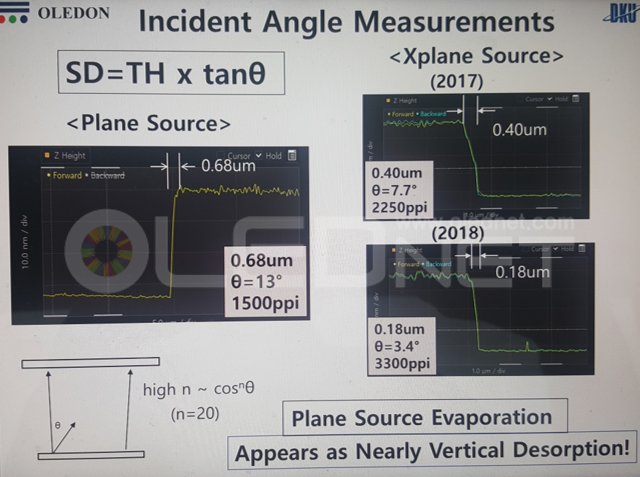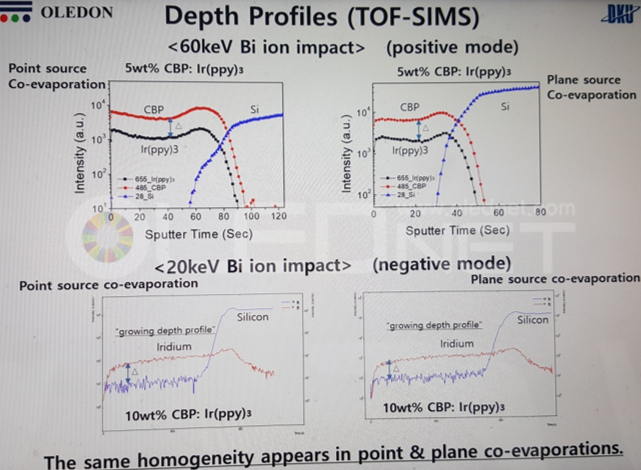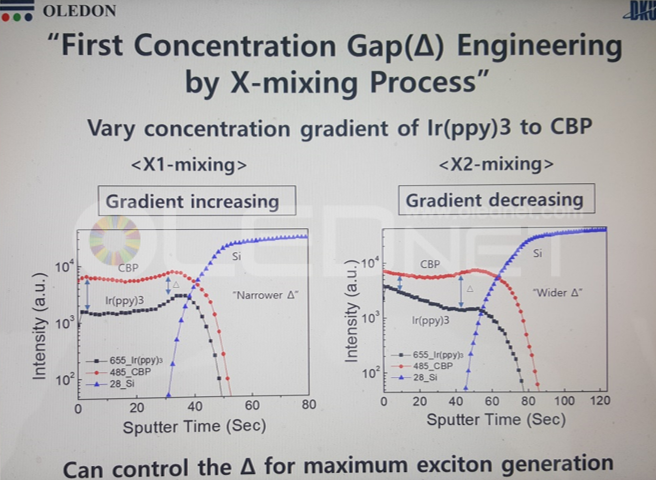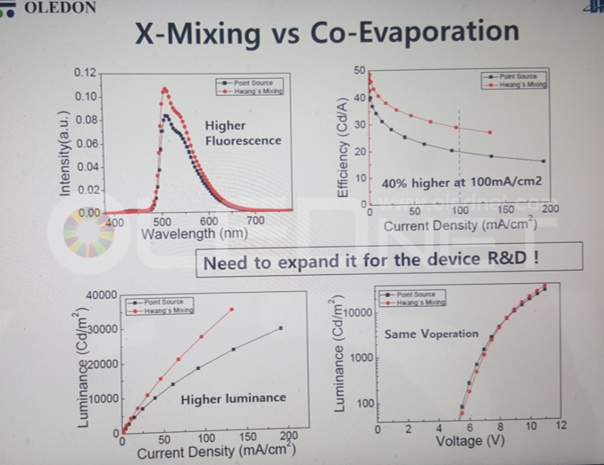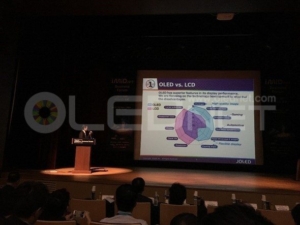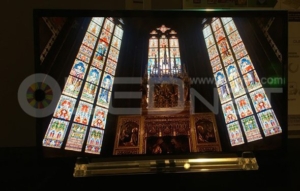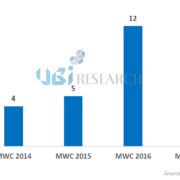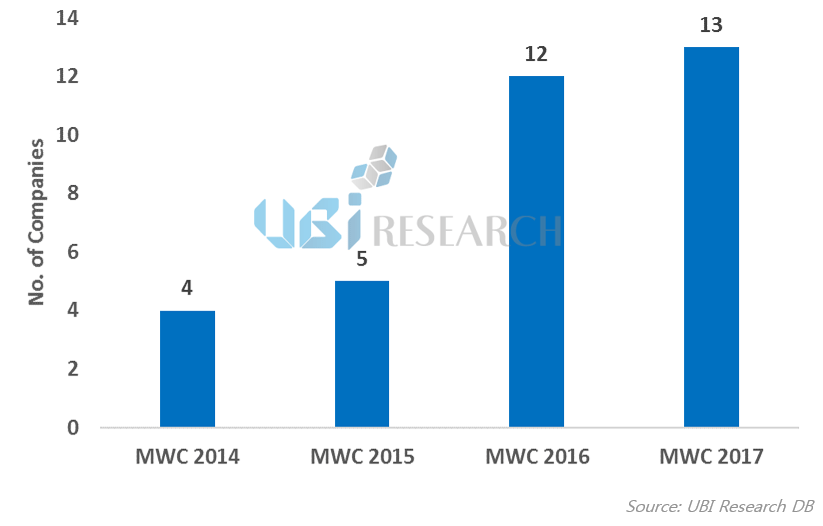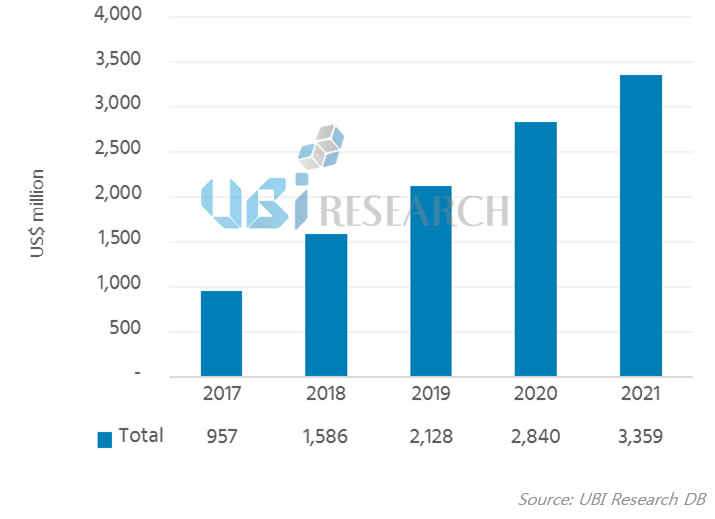In response to 8K LCD TV quality disputes that LG Electronics compared and exhibited at IFA2019, Samsung Electronics raised the problem of burning of OLED TVs.
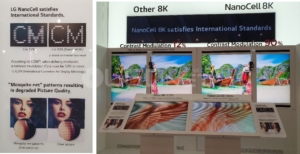
At the exhibition hall, LG Electronics displayed the same screen on its NanoCell 8K LCD TV and other companies’ 8K LCD TVs, and magnified images taken by precision cameras on the same screen area, allowing 90% reproduction of CM (contrast modulation) of NanoCell TV. However, it emphasized that other companies’ 8K LCD TV is only 12%. The company did not say what kind of company it was, but LG was recently emphasized that LG Electronics disassembled Samsung’s QLED TV after IFA and talked that QD-LCD using QD sheet does not produce good image quality. Thus the other 8K can be estimated as SEC’s QLED TV.
In response, Samsung Electronics publicly reported to the press that 8K OLED TVs disappear due to image sticking.
There is a very confusing dispute for consumers who do not have expertise in picture quality. Putting the two companies together, Samsung’s 8K QLED TV and OLED TV are both less qualified products.
In reality, however, the two products seen by the IFA were among the best of all existing TVs. OLED TVs have very high contrast ratios, so even in two-dimensional flat screens, the perspective is displayed as well as three-dimensional TVs. QLED TVs have very high HDR, which are delicately expressed from bright to dark screens. Also, the two products must be TVs with the highest precision at 8K resolution.
Korean media have expressed a lot of negative views about noise marketing of Samsung and LG, but it seems that the two companies’ TVs have been developed.
In fact, when Apple criticized the Galaxy for its low resolution, Samsung Electronics has grown to the world’s best product by raising the resolution of OLED to QHD level. In addition, Samsung Electronics made a negative offensive by pointing to the burning of OLED TVs, but OLED TVs expanded the market to nearly 50% of the premium TV market of more than $ 2,000. Of course, most of the burning has been eliminated.
Therefore, Samsung Electronics is also expected to be an opportunity to grow 8K QLED TV’s image quality into the world’s best LCD TV.
The two companies have a negative fight because of their own grievances. If OLED TV market share continues to rise in the premium TV market, Samsung Electronics expressed a sense of crisis as the QLED TV market shrank by that much. If 8K QLED TVs lower prices and target the premium TV market, LG Electronics should prevent the expansion of the QLED TV market in order to accelerate the growth of the OLED TV market.
In a strategy battle in which the spear and shield alternate, the TV fight of the two companies will be a good opportunity for Korean TV to maintain the world’s best level.


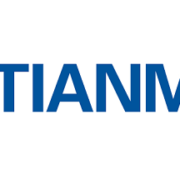
 China Trend Report Inquiry
China Trend Report Inquiry